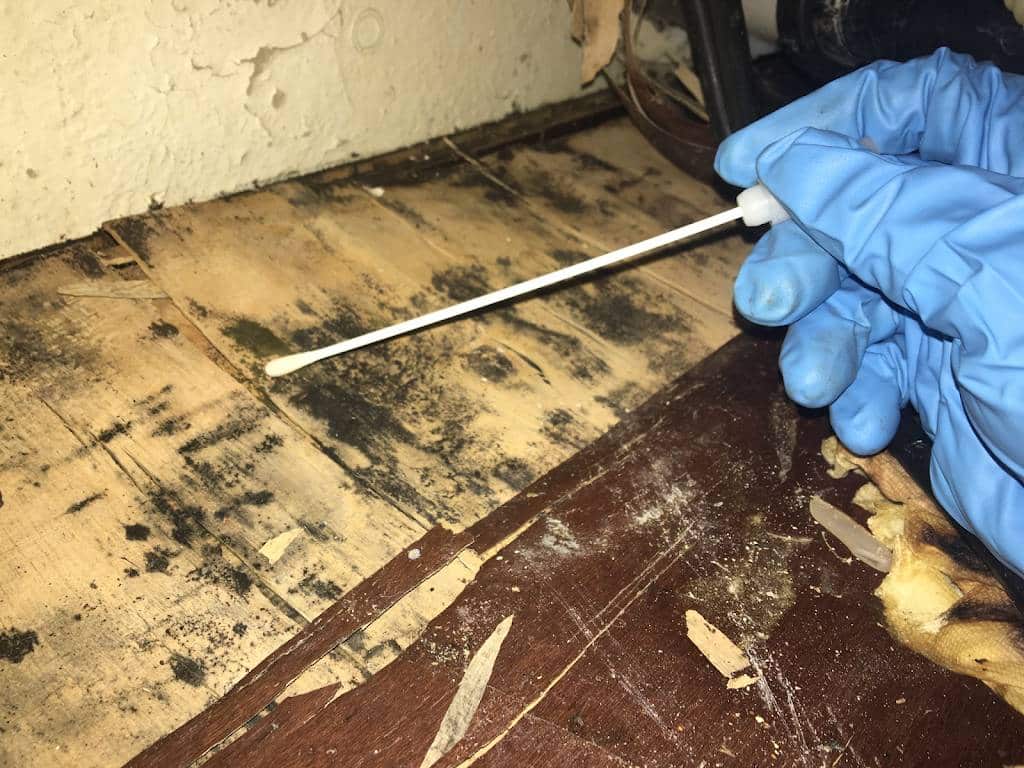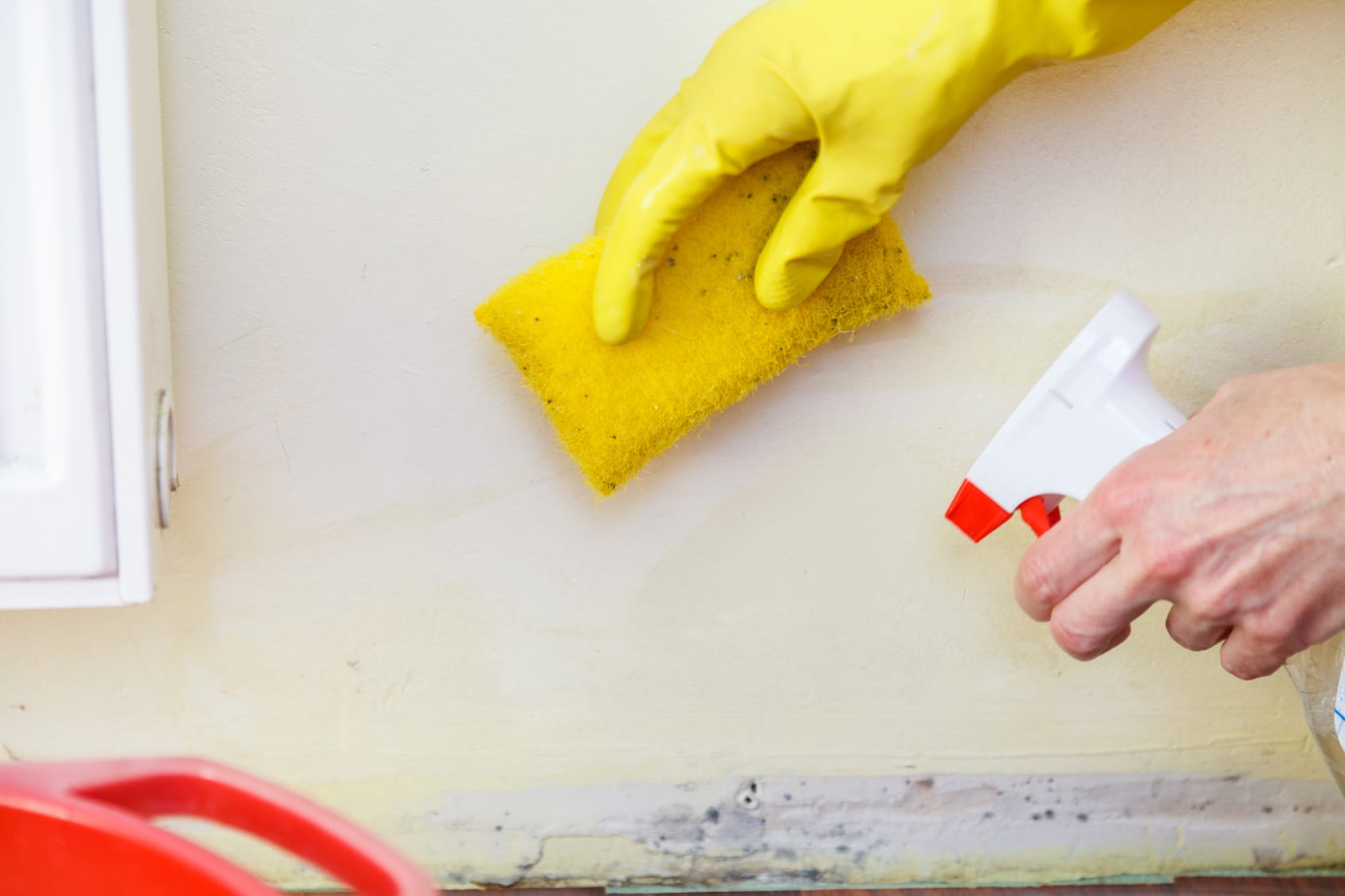Crafting a Thorough Post Mold Remediation Report
Crafting a Thorough Post Mold Remediation Report
Blog Article
Your Ultimate Guide to Article Mold And Mildew Remediation Strategies
Browsing the world of post-mold remediation techniques is a thorough procedure that requires attention to detail and a comprehensive understanding of the ins and outs included. In the aftermath of mold infestation, knowing just how to properly get rid of the mold and mildew and stop its reoccurrence is extremely important for preserving a healthy indoor environment. From picking the ideal cleaning and disinfecting approaches to carrying out techniques for lasting mold and mildew prevention, each action in the remediation trip plays a critical function in making certain a successful outcome. As we embark on this expedition of post-mold remediation methods, we will discover the key strategies and finest methods that can help you recover your space to its pre-mold problem and protect it against future mold and mildew threats.
Comprehending Post-Mold Remediation Refine
After completing the mold and mildew removal process, it is important to understand the post-mold remediation techniques that are necessary to make certain a comprehensive and effective cleaning. When the mold and mildew has been eliminated, the next step entails cleansing and decontaminating the affected locations to prevent any type of regrowth of mold. This consists of utilizing specialized cleansing representatives to wipe down surfaces and eliminate any kind of staying mold spores. It is essential to dry out the location totally to prevent the development of mold and mildew in the future (Post Mold Remediation). Correct air flow and dehumidification can assist in this procedure.
Furthermore, conducting a final examination post-remediation is vital to guarantee that all mold has actually been efficiently eliminated. If the examination discloses any kind of remaining mold, extra removal may be required.
Effective Cleansing and Decontaminating Methods

Preventing Future Mold And Mildew Development

Relevance of Appropriate Ventilation
Correct air flow plays a vital role in avoiding moisture build-up, an essential factor in mold and mildew growth within interior atmospheres. Efficient ventilation systems help remove excess moisture from the air, minimizing the chances of mold and mildew spores finding the wetness they require to spread out and sprout. Without adequate ventilation, indoor spaces can become a breeding ground for mold, leading to potential health dangers and structural damages.
By guaranteeing correct air circulation, air flow systems can additionally help in drying out damp areas quicker after water damages or flooding occurrences, further hindering mold and mildew development. After mold remediation. In areas like bathrooms, kitchens, attics, and cellars where wetness levels often tend to be greater, mounting and preserving reliable ventilation systems is essential in preventing mold infestations

Tracking and Maintenance Tips
Given the vital role that proper air flow plays in preventing mold and mildew development, it is necessary to establish effective surveillance and upkeep pointers to guarantee the ongoing performance of ventilation systems. Regular evaluations of air flow systems ought to be performed to inspect for any kind of indications of clogs, leakages, or malfunctions my blog that could hinder appropriate air flow. Surveillance humidity levels within the residential property is also vital, as high moisture can add to mold and mildew development. Installing a hygrometer can assist track humidity levels and alert property owners to any spikes that may need attention. Additionally, making sure that air filters are regularly cleaned or changed is crucial for maintaining the effectiveness of the ventilation system. Carrying out a routine for regular upkeep jobs, such as air duct cleansing and cooling and heating system evaluations, can help protect against concerns prior to they escalate. By remaining alert and proactive to the problem of air flow systems, residential or commercial property proprietors can properly alleviate the threat of mold regrowth and preserve a healthy indoor environment.
Final Thought
To conclude, post-mold removal strategies are necessary for guaranteeing a safe and tidy environment. Recognizing the procedure, applying reliable cleansing and sanitizing techniques, preventing future mold and mildew development, preserving appropriate ventilation, and normal surveillance are all vital action in the removal process. By following these standards, you can successfully remove mold and avoid its return, advertising a healthy living or functioning area for all owners.
In the after-effects of mold problem, understanding how to properly eradicate the mold and avoid its reoccurrence is vital for maintaining a healthy indoor setting. Once the mold and mildew has been eliminated, the following step entails cleaning and decontaminating the affected areas to protect against any regrowth of mold and mildew - testing air quality after mold remediation. After eliminating noticeable mold and mildew development, it is important to clean up all surface areas in the damaged area to eliminate any continuing to be mold and mildew spores. To further improve mold avoidance steps, it is crucial to address underlying issues that at first led to mold advancement.Provided the critical role that proper ventilation plays in avoiding mold development, it is crucial to develop reliable surveillance and upkeep suggestions to ensure the continued performance of ventilation systems
Report this page